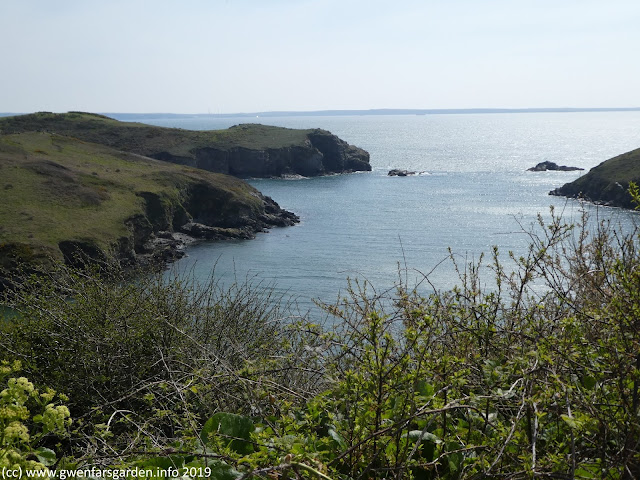
I'm certain it's not meant to be quite this hard to grow asparagus. I mean, I know it can take up to four years from when you sow the seeds or young plants, before you can start harvesting. But for me, it's taken nearly 15 years to date. Huh, you say? I'll explain.
House one: a lovely large garden on the edge of Witney (Oxfordshire), backing onto fields. We built a dedicated asparagus bed, along with plenty of other veg borders, and I put in year old crowns. It was all going swimmingly, until the swimming part went over the top. Like, being flooded four times in 18 months type of over the top. After each flooding I kept adding manure and compost to make up for what had been taken away by the flood waters. But the forth time was awful on a whole extra level, when a teenage boy got caught in the flood waters behind our back garden and died (more complicated that this but I don't want to go into detail). We sold the house at a loss and moved.
House two: the garden was smaller, but I also had an allotment nearby, and we built an even larger asparagus bed there. It was all going so well, and were getting excited that the following year we were going to start harvesting the asparagus. But life decided to throw a trowel into the works. My partners company was going bust and he was going to lose his job. On top of this, my, at this point undiagnosed, ME, was getting worse and I was down to only being able to work 1.5 days a week. Oxford is very expensive to live in (pretty much London prices) and we decided to move north and make some lifestyle changes (if you want the details,
visit here). So I passed on my allotment to a friend and said goodbye to the asparagus.
House three: ok, third times a charm right? Turns out it was the 'things run in threes' type of bad luck charm. The garden was wonderful, I designed it from scratch and it of course included an asparagus bed. However, we had problems with the neighbours. Again, I'm not going into detail, but they were violent and abusive to each other on a daily basis, and often towards us, and were making our life a living hell. I couldn't sit outside in the garden because the constant screaming was overwhelming. We couldn't sleep at night or rest during the day, because the screaming was on and off 24/7, along with frequent physical fights in the street at 2am. It was also extremely triggering for me and I started having nightmares again. In the end, the impact on the health of both us was too much, and we decided to sell up and move.
House four - where we live now. There are some minor hiccups, but on the whole, we think this house and neighbourhood is a winner. You'd think by now that I wouldn't jinx things by putting in an asparagus bed. Well, hope over experience and all that. After all, the bad run of threes is over. Right?
Voila! I haz asparagus bed.
The green mounds of foliage in the forefront are Astrantia (left) and Oregano (right),
then the young asparagus seedlings.
I'm growing two varieties, Asparagus officinalis 'Crimson Pacific', a purple variety, and Asparagus officinalis 'Jersey Knight', a green one.
What are the black sticks around the young asparagus? They are there just whilst the asparagus settle in, to stop naughty cats from digging around them and causing damage.
And just in case, I've added some hot chilli powder, which tends to not only stop cats, but also foxes and badgers.
Surely it's my time for FINALLY having the asparagus crop of my dreams? Well, in another three years. I hope. Sigh.
Wish me luck everyone!


















































